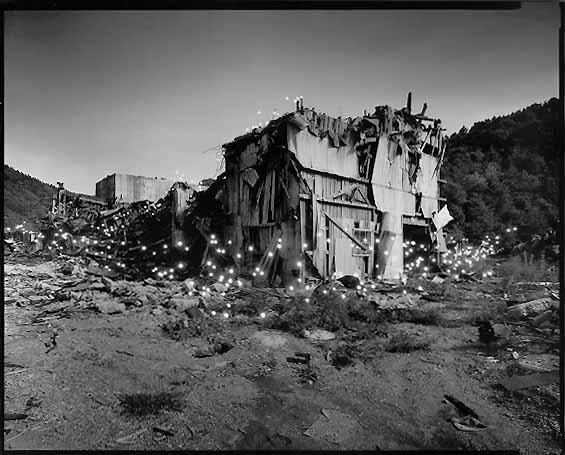the cynic in me says "hey, another semi-pointless typographical exercise", but the ex-typographer, tree-aficionado, and fan of japanese design thinks it is a gorgeous production. this is what
W0W says about their short film,
tenspace:
A motion graphics installation featuring plants and typography. We’ve interpreted the space between each number in a countdown and present it to you in a physical space. Experience a virtual landscape featuring 11 digitally rendered ikebana pieces which draw you in as you speed through time. Clinging to the camera you race through three dimensions viewing each piece one by one.
here is the video*, for general delectation:
W0W plays on the human fascination with the process and result of transformation that is heightened when the former state is recognisable within the transformed state. hence our inordinate interest in superheroes who lead other lives of mild-mannered tedium, kafka's metamorphosis (which i haven't read, but which i assume is relevant since it starts with someone turning into a giant talking cockroach), and any plan to reform social security. it is particularly neat that W0W is able to infuse this sense of weirdness and transformation into a sequence of numbers. it reminds me of what
once-upon-a-forest used to be like -- the beginnings of experimentation with user-controlled flash graphics and stylised organic forms. and, while we're on that, does anyone remember the scene from julie taymor's titus, where lavinia is discovered after being defiled by "stern and ungentle hands"? it's the only image i recall from that film (which was quite strange, but probably worth seeing again), and it is a literal interpretation of the
text: lavinia stands on a stump in a dead or dying swamp (i think), hands amputated and replaced by branches. blood pours forth when she opens her mouth to answer. it was pretty nasty, but also tremendously powerful and quite beautiful. to wit:
W0W write (they're a collective, after all) that the most important element in their work is the capacity to "feel doubts and interests in everything," and i can never pass up the opportunity to mention (again, and in context) the general applicability of negative capability in the creation of powerful works of art. it's what john keats described as a quality that forms
a Man of Achievement especially in literature & which Shakespeare possessed so enormously - I mean Negative Capability, that is when man is capable of being in uncertainties, Mysteries, doubts without any irritable reaching after fact & reason.
* - served up by dailymotion, because the youtube compression wrecks the animation.











